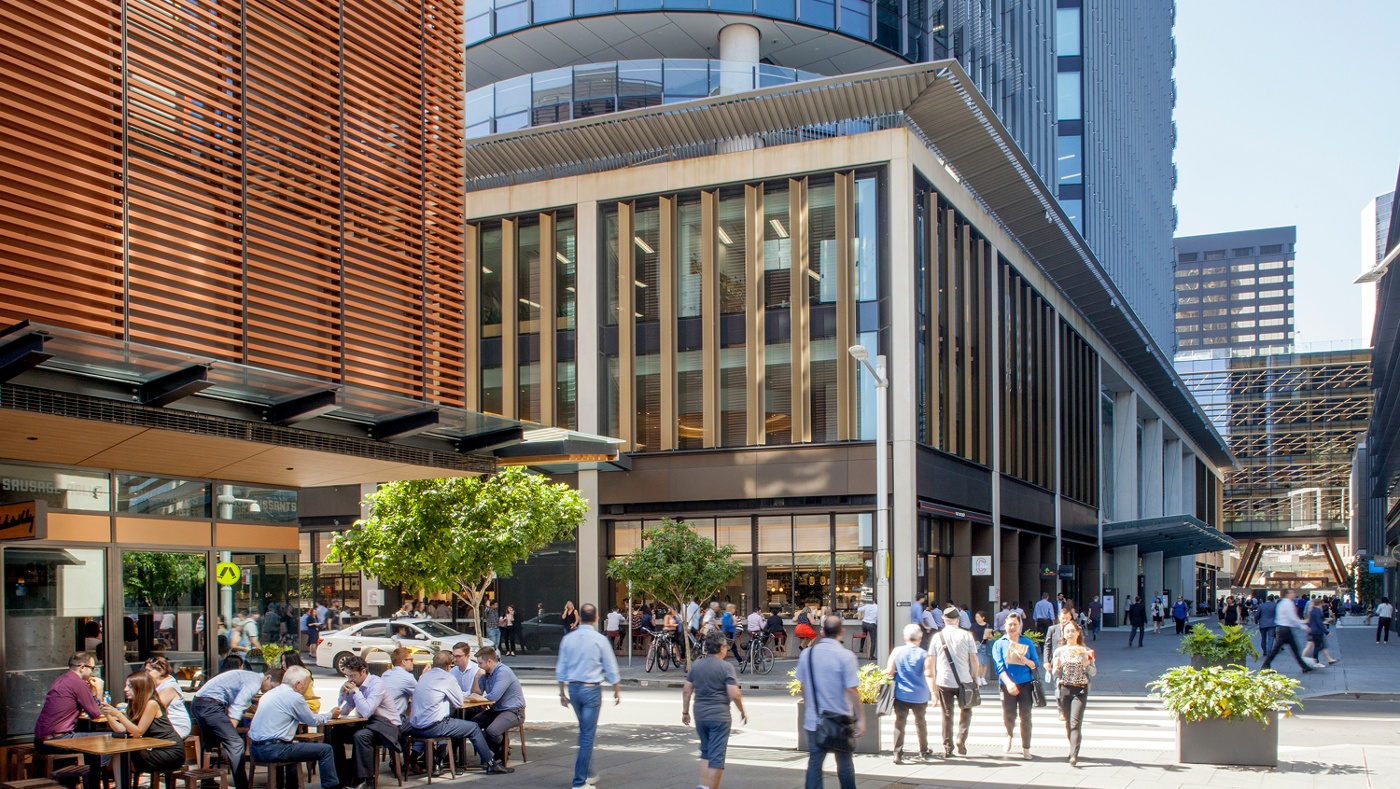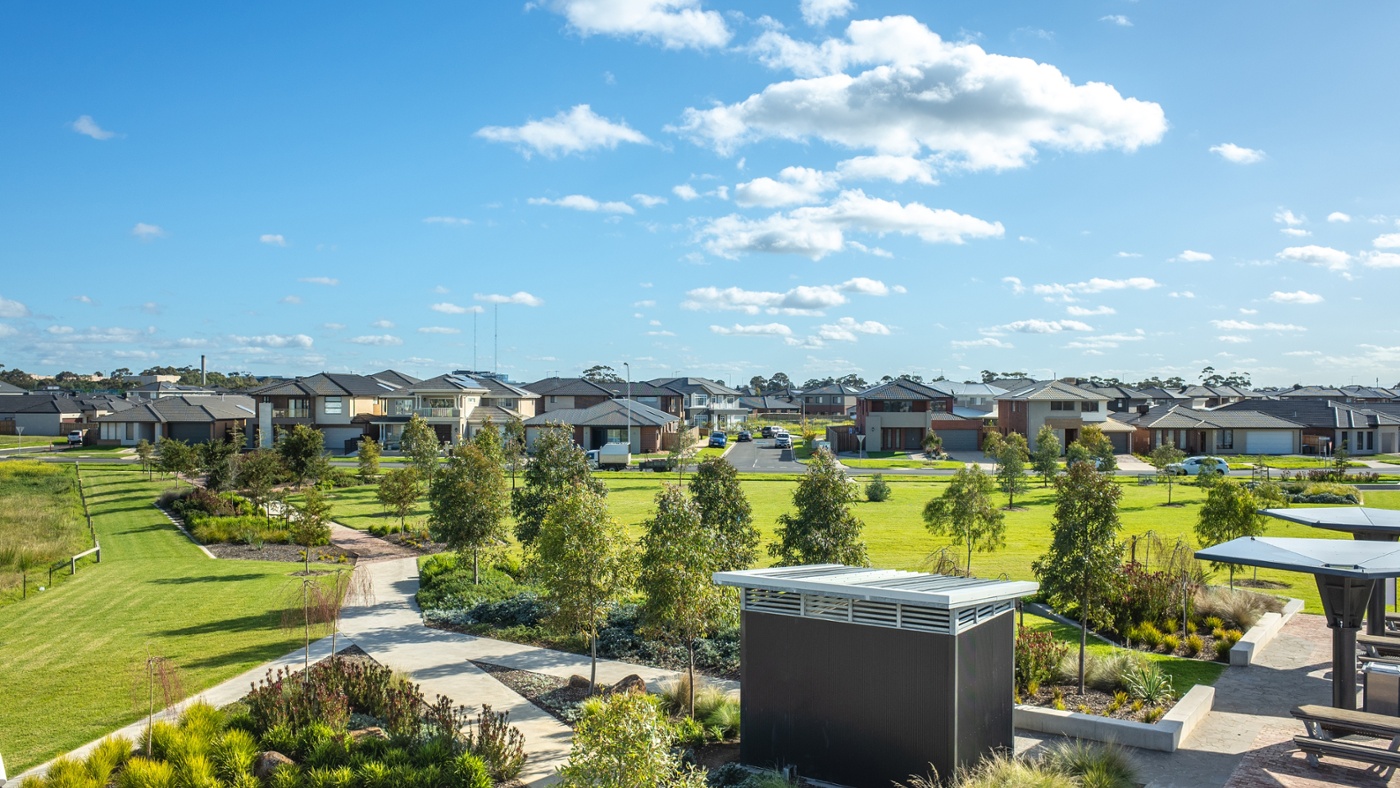Women sleeping rough: determining solutions to homelessness with a gendered lens

Homeless person living in their car NSW (Source: Douglas Cliff from Shutterstock, 2022)
Whilst homelessness can affect any gender, women in Australia are increasingly struggling to find access to affordable and safe housing. Why are women, particularly older women, experiencing a reduced capacity to secure appropriate housing and what can we, as planners and policy makers, do to assist in finding solutions?
As part of a $10 billion pledge to invest in new housing projects, the Federal Labor Government has recently committed $100 million in a major new housing plan (currently in negotiations between the Greens and the Coalition1 to boost crisis and transitional housing options for women and children fleeing domestic and family violence, as well as older women on low incomes who are at risk of homelessness. Of people assisted by the SHS (Specialist Homelessness Services) in the period 2020–21, a majority were women (60 per cent)2 and the number of older homeless women in Australia increased by over 30% between 2011 and 2016.3 A large proportion of Aboriginal and Torres Strait Islander women are also at risk to homelessness, with 1 in 4 specialist homelessness clients being indigenous.4 Structural gender and systemic racial inequalities have led to an increasing number of vulnerable females and their families sleeping rough.5 The housing policy response has not been able to help as quickly as needed, and it is evident that homelessness for women is an increasing issue.
Broadly, rising rates of homelessness can be attributed to Australia’s rental crisis and increased cost of living, however, understanding predictive gender-specific factors of homelessness, such as domestic violence (more women than men experience family, domestic and sexual violence6 ), the gender pay gap7 and gender gap in retirement savings8 and sexual and age discrimination in the workforce, can assist policy makers in determining solutions with a ‘gendered lens’. Vulnerable communities such as migrants and refugees are also susceptible to housing stress, housing insecurity, and, ultimately, to homelessness.9 Some women may fall into a number of these categories of vulnerable communities inherently increasing their risk of homelessness.
Many of the issues associated with housing insecurity and homelessness are a remit of State/Territory governments including public and social housing; building and zoning; funding crisis services as well as secondary and tertiary health care, including community health and mental health services. Local government commitments are also needed, to realise opportunities in established and emerging affordable housing types, including crisis, specialist, social, affordable rental, affordable purchase and private market housing. For example, planning requirements or incentives to enable low-cost home ownership such as build-to-rent.10
A focus on well-located, high-quality, and permanent social and affordable housing options, particularly for older women, is therefore a priority, close to community services, schools and employment opportunities to ensure continued access to financial income, social cohesion and education. Planners have a role in the delivery of temporary and permanent housing for all people, ensuring it meets the needs of those who need it most.

Young pregnant woman may be more vulnerable to homelessness and require shelters for temporary accommodation. (Source: Pressmaster from Shutterstock)
A $35 million partnership between the NSW Government and community housing provider Women’s Housing Company will see the construction of accommodation across nine Sydney LGAs, delivering 106 new units for women who are either homeless or at risk of homelessness11. Whilst this makes an important contribution, there is likely to be significantly more demand than data indicates – older women who are homeless are likely to be ‘statistically invisible’ due to staying with friends and family, living in their car, remaining in at-risk situations and engaging in unwanted sexual relationships to avoid sleeping rough.12 Improving national datasets based on gender data collection and analysis can ensure policy makers are able to tailor solutions to best help women and their families in finding safe and long-term accommodation.13
The design of social housing for women should consider their specific needs, such as children’s play spaces and bedrooms, communal spaces, accessibility, culturally appropriate design, surveillance and security, and adaptable layouts, particularly for older women. Planners have an important role in approving-built form outcomes and ensuring provision of affordable housing is properly assessed. Greater awareness of policies such as the 4-page design guide Good Design for Social Housing (Government Architect NSW, 2020) is a start, but such documents should be tailored to be representative of specific gender needs to adequately provide for diverse groups.
In Australia, whilst housing affordability and poor housing outcomes are experienced by a substantial proportion of the population, they also have broader systemic societal impacts.14 When taking into consideration the gendered experiences that women face of lower income and caring responsibilities, the opportunities for women to secure appropriate and affordable in the private housing market shrink even further.15 It is concluded that multiple strategies are necessary to ensure that the number of women experiencing or at risk of homelessness are minimised. Increased provision of affordable and social housing in appropriate locations can assist, but to address the underlying causes of gendered economic inequality requires more than a built form response. A solid understanding of women’s specific housing needs, more inclusive and diverse housing policies, and a recognition of why women are becoming increasingly vulnerable to homelessness is needed to inform responses and solutions. The planning system in NSW should look to gender-specific policies as a way to address the crisis.
16th March 2023
This article originally appeared in New Planner – the journal of the New South Wales planning profession – published by the Planning Institute of Australia. For more information, please visit: www.planning.org.au/news/new-planner-nsw
Endnotes
1. ABC News 2023 ‘Labor’s major housing policy likely to face changes after opposition from Coalition, Greens’ 2023. Accessed on 16/02/23. Available from: https://www.abc.net.au/news/2023-02-14/ labor-forced-change-housing-future-fund-opposition�greens/101969514
2 AIHW, 2021a, Housing assistance in Australia, Australian Institute of Health and Welfare, Canberra, https://www.aihw.gov.au/ reports/housing�assistance/housing-assistance-in-australia
3. AHRC, 2019, Older women’s risk of homelessness: background paper, AHRC, Sydney Australia
4. AIHW, 2019, Aboriginal and Torres Strait Islander people: a focus report on housing and homelessness Cat. no. HOU 301, AIHW, Canberra, Australia
5. Pawson et. al, 2022, Australian Homelessness Monitor, Launch Housing, Collingwood Australia
6. AIHW, 2023, ‘Family, domestic and sexual violence’, AIHW, Canberra. Accessed on 16/2/23. Available from: https://www.aihw.gov.au/reports/domestic-violence/ family-domestic-and-sexual-violence
7. Workplace Gender Equality Agency, 2023 ‘Gender pay gap data’, Australian Government, Canberra. Accessed on 16/2/23. Available from: https://www. wgea.gov.au/pay-and-gender/gender-pay-gap�data#:~:text=Australia's%20national%20gender%20 pay%20gap,less%20than%20men%20each%20week.
8. Australian Human Rights Commission, ‘the gender gap in retirement savings’, AHRC Australia. Accessed on 16/2/23. Available at: https://humanrights.gov.au/ our-work/gender-gap-retirement-savings
9. Flatau et. al. 2015, The housing and homelessness journeys of refugees in Australia, Australian Housing and Urban Research Institute, Australia.
10. AHURi, 2022, Private sector involvement in social and affordable housing, AHURI Final Report No.388 Australian Housing and Urban Research Institute, Australia.
11. NSW Government, 2022, Home and hope for vulnerable women https://www.nsw.gov.au/media�releases/home-and-hope-for-vulnerable-women]
12. Thredgold, C, et.al., 2019, An effective homelessness services system for older Australians, AHURI Final Report 322, 2019, AHURI, Melbourne, Australia Quoted in: Housing for the Aged Action Group (HAAG) Ageing on the Edge NSW Coordination Group, 2022, ‘Homelessness among older people aged over 55 in NSW’ [Available at: https://www.oldertenants.org. au/sites/default/files/homelessness_among_older_ people_aged_over_55_in_nsw_-_ageing_on_the_ edge_coalition_copy.pdf
13. National Older Women’s Housing and Homelessness Working Group, 2018, Retiring into Poverty – A National Plan for change: increasing housing security for older women
14. Gilbert et. al, 2020, Urban regulation and diverse housing supply: an investigative panel, AHURI Final Report No. 349, Australian Housing and Urban Research Institute, Melbourne Australia.
15. Council to Homeless Persons, 2022 ‘Equal Pay Day and Women’s Homelessness’ . Accessed on 14/02/23. Available at: https://chp.org.au/article/equal-pay-day�and-womens-homelessness/
Related Insights

NSW Low and Mid-Rise Housing Reforms

Ethos Urban to join Colliers

NSW Government Releases Industrial Lands Action Plan




